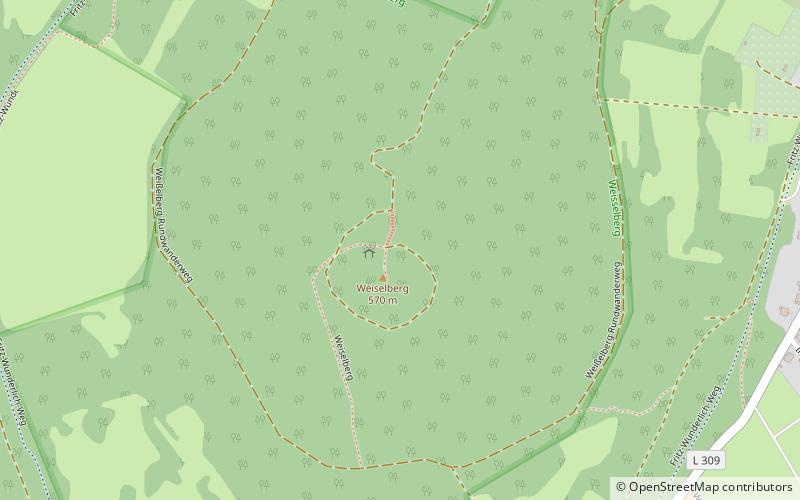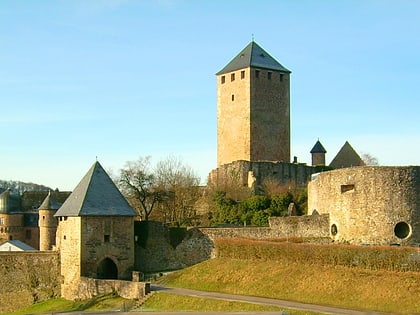Weiselberg


Facts and practical information
Nestled in the verdant landscape of southwestern Germany, Weiselberg stands as a testament to the Earth's fiery past. This ancient volcano, which has long been extinct, offers a unique geological site that beckons both scientists and tourists alike to explore its secrets.
The Weiselberg is not a towering peak but a subtle reminder of the volcanic activity that once shaped this region. It is part of the Saar-Nahe Basin, an area known for its volcanic past, which dates back millions of years. The Weiselberg itself is a small hill, but what it lacks in stature, it makes up for in geological significance.
The site is characterized by an intriguing composition of rocks and minerals, including basalt, which is a clear indicator of its volcanic origin. This type of rock is formed from the rapid cooling of lava that reaches the Earth's surface. The presence of basalt and other volcanic materials allows geologists to piece together the history of the region's volcanic activity.
Visitors to Weiselberg can enjoy a variety of outdoor activities, such as hiking and nature walks, where they can appreciate the beauty of the serene landscape while pondering the natural forces that created it. The area offers a glimpse into the Earth's dynamic processes and serves as a natural classroom for those interested in volcanology and Earth sciences.
Saarland
Weiselberg – popular in the area (distance from the attraction)
Nearby attractions include: Burg Lichtenberg, Burg Veldenz, Musikantenland-Museum, Geoskop.






